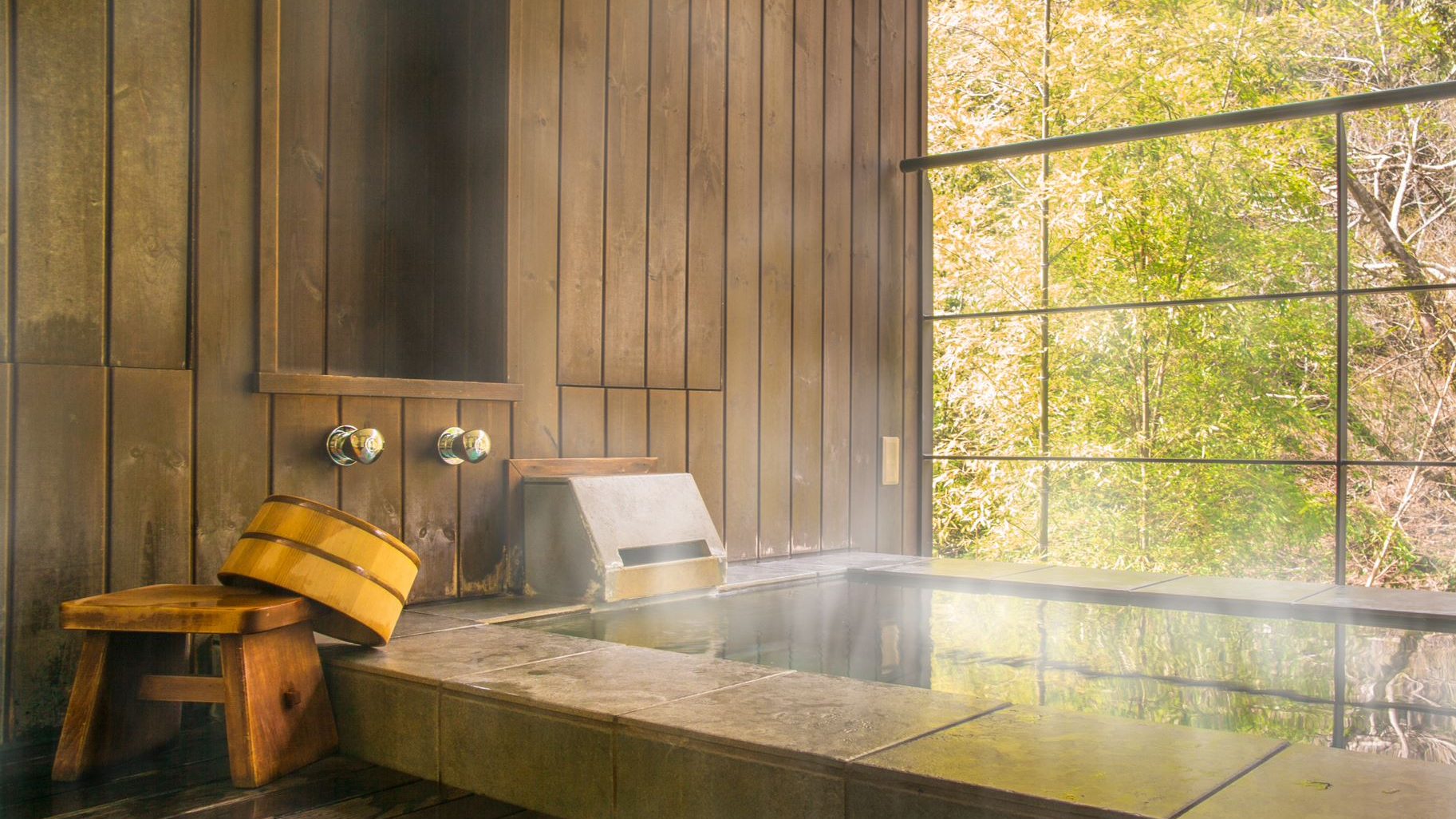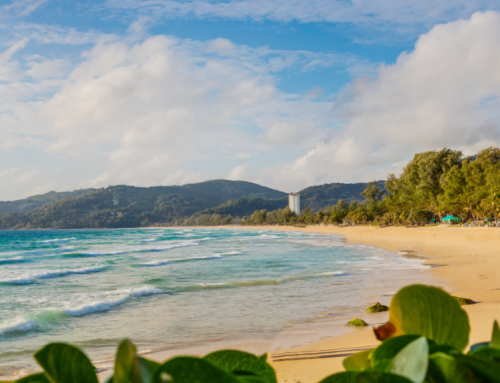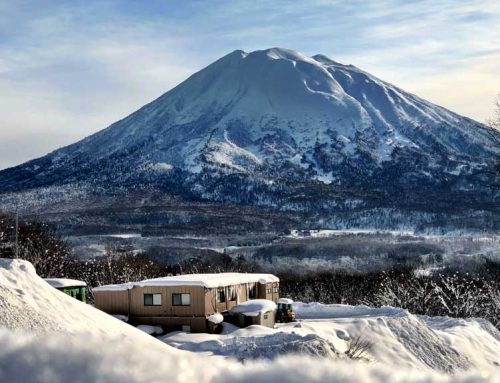With so many traditions and cultural nuances, visiting Japan for the first time can be a daunting experience. But if you are familiar with the dos and don’ts and have an insider to guide and advise you, a glimpse of authentic Japan can be life-changing. An easy, and immensely satisfying way to immerse into the Japanese way of life is to visit an onsen (hot spring). As with most facets of Japanese life, there is an expected onsen etiquette when you visit. There are approximately 3,000 designated onsen across Japan, being a vital and communal part of the local culture. It is not unusual for entire families to schedule a weekly visit, or to go to one after work with a colleague.
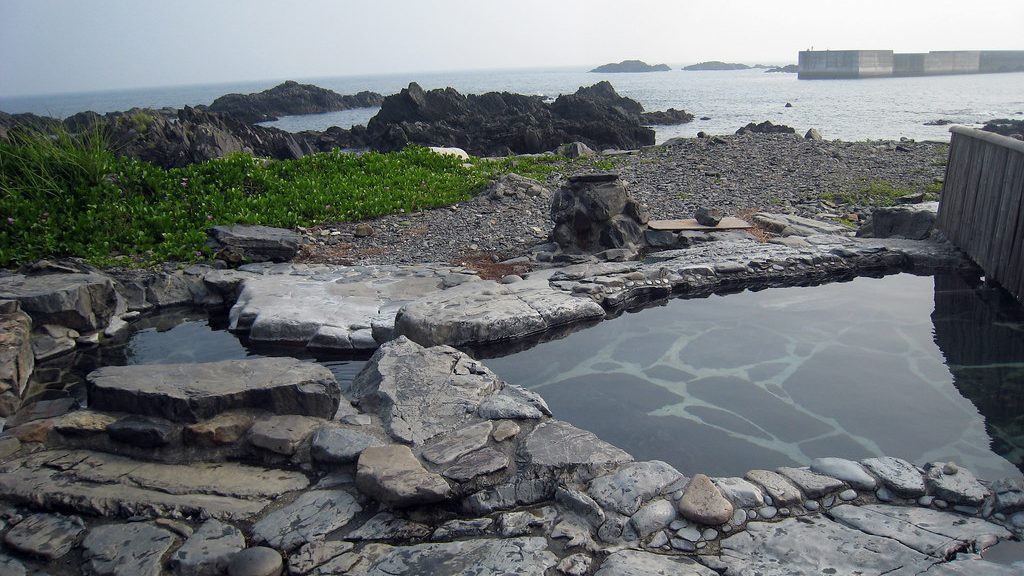
What to wear
Head to an onsen in whatever clothes you like, because pretty soon you won’t need them. Bathing naked with others can be awkward at first, but it is part of the communal culture of Japan. If you allow yourself to relax, the experience can be liberating. A handful of onsen offer mixed male/female bathing sections and may allow swimming costumes to be worn. But these are few and far in between.
When you enter
Once you have paid at the reception, go to the locker area, generally found behind a red curtain for women (女) and a blue curtain for men (男). Here, you will find a locker or basket to leave your belongings in. If you have brought your own or hired a large towel, leave it here. Only the small hand towels are allowed in the bath area. This is also where you remove all your clothes. Once naked, go through the door and into the bathing area.
What to do in an onsen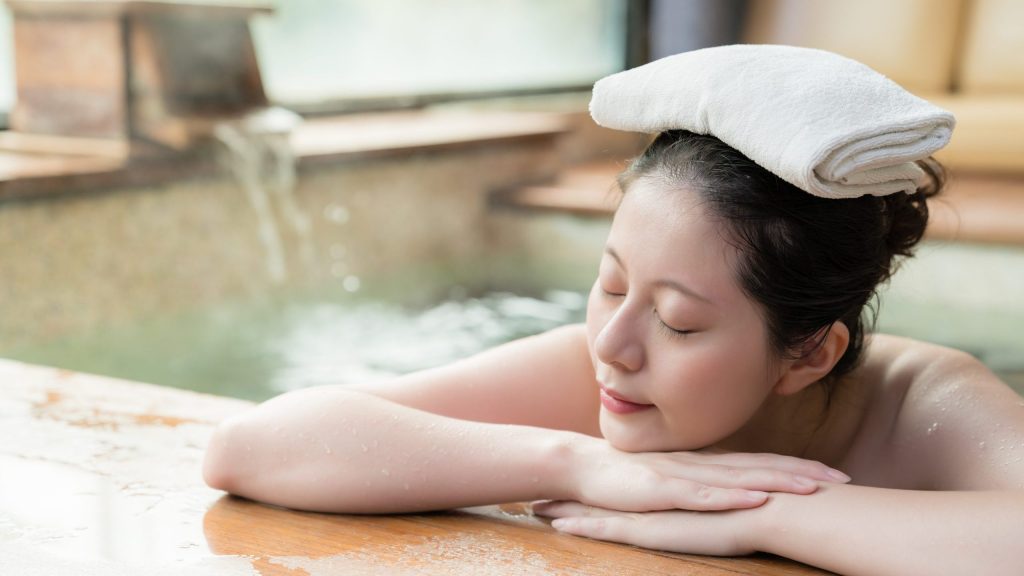
Here are some tips to help you enjoy the onsen experience and avoid embarrassment. Do:
- Scrub and wash thoroughly in the shower section. Make sure you have rinsed off all the soap and if you have long hair, this is when you should tie them up.
- Enter the onsen water slowly to avoid disturbing others, and shocking your body due to the change in temperature.
- Immerse yourself up to the neck, but never put your face or head under the water. The small towel should not get wet, you can fold it and place it on top of your head or the rock beside you. If it falls into the water, wring it outside the bath.
- Relax and enjoy. If you feel too hot, it is ok to sit on the side of the bath, using the small towel for modesty.
- If you have friends accompanying you, talking amongst yourselves very softly is not considered rude.
- When you’re done, step out of the water and rinse your body under a shower. Wipe off excess water and return to the locker room.
- The locker room provides hairdryers and cotton buds. Some onsen also have areas with massage chairs and vending machines where you can further relax while waiting for other people in your group.
What not to do in an onsen
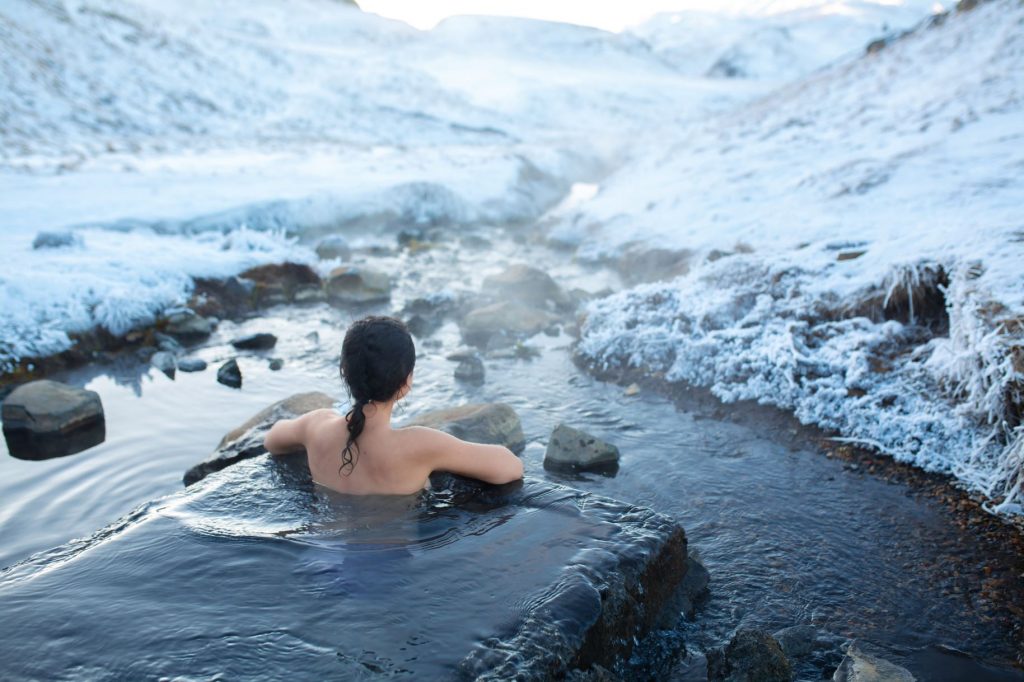
Don’t:
- wear ANY clothes or swimsuits in the bathing area; the small towel can be used to cover yourself when out of the water. Some onsen may offer a thin gauze bathing cover-up for women to rent.
- submerge your face or head, it is considered unclean.
- yell or speak loudly, onsen are for relaxing.
- run, the stone floors are usually slippery when wet.
- swim or splash around in the bath, no matter how tempting.
- drink, smoke or eat in the onsen.
Tattoos
In Japan, more than half of all the onsen have strict no-entry rules if you have a tattoo. The Niseko area is a little liberal due to its experience with western tourists and long term expat residents. Thus, many onsen in Niseko allow entry to guests who sport tattoos. However, it is always advisable to check. Outside of the Niseko area, small tattoos that can be covered with a small towel may be accepted at some onsen.
A trip to the onsen after a day of powder is hard to beat, just try not to get addicted.

